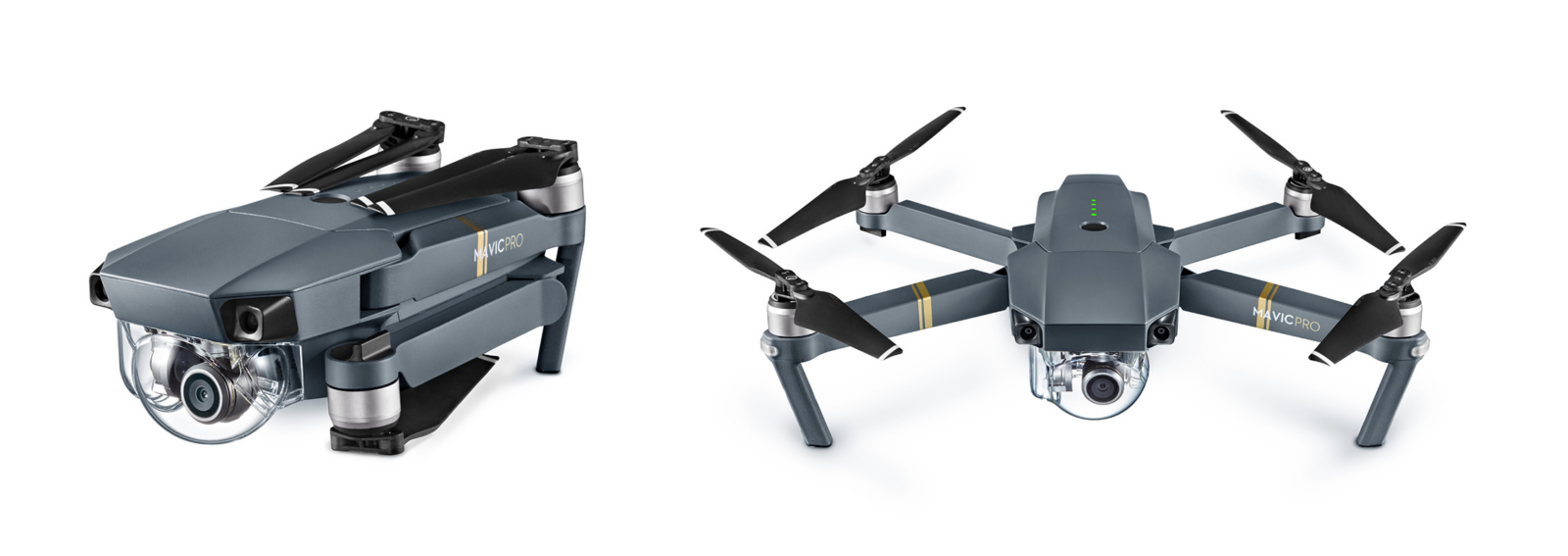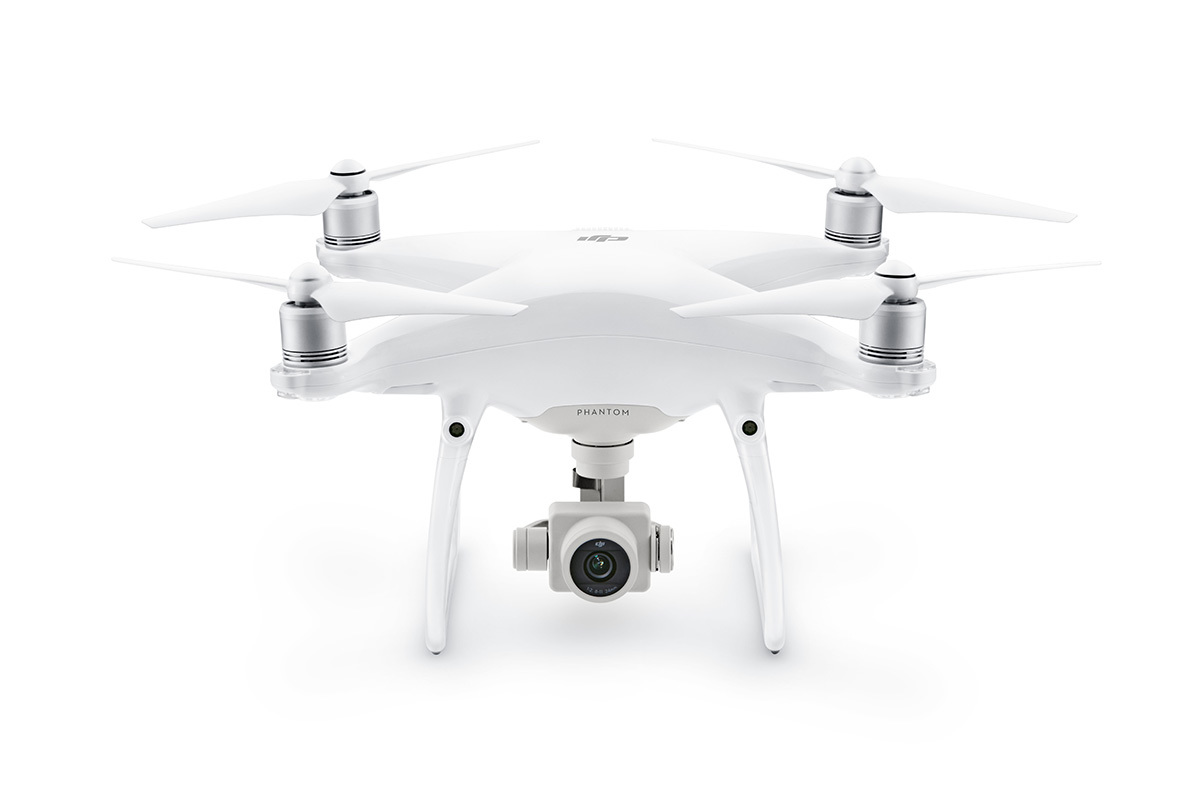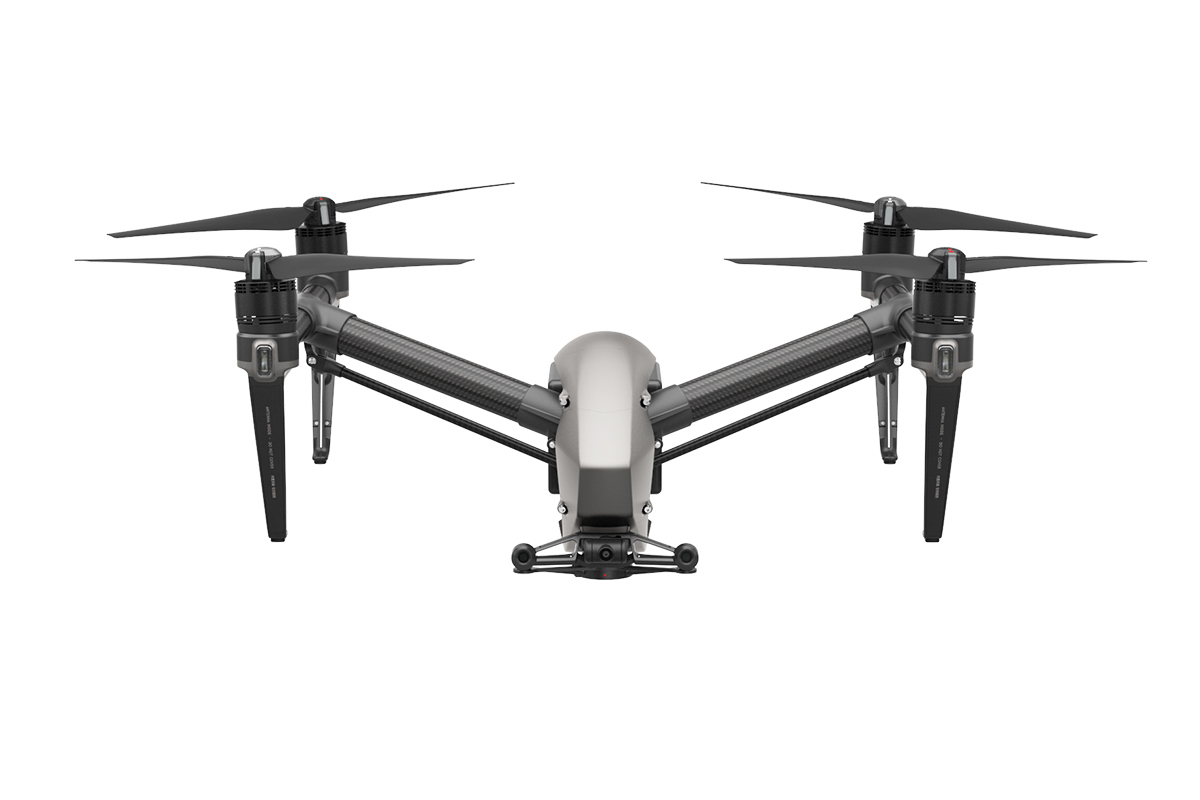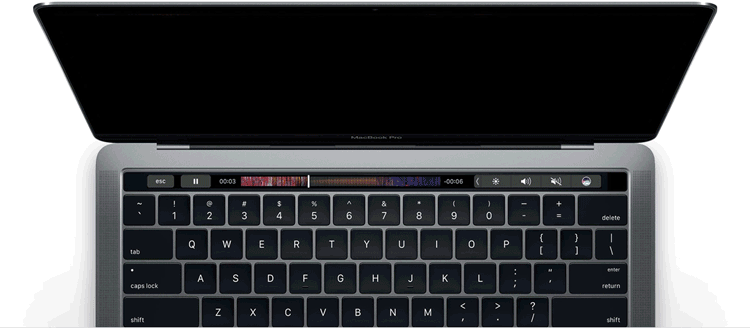Table of Contents
2016 has been another exciting year for imaging technology and while there were certainly a lot of advances and new exciting products released, below are my personal favorites.
Drones
Across the board 2016 has been a very good year for drones, from the legal framework for the commercial use of drones to the nuts and bolts of the technology that enables incredible aerial cinematography.
In August, the FAA enacted new rules governing the use of drones (or Unmanned Aircraft Systems, UAS). The hurdles in front of legitimate commercial drone use have gotten much more reasonable with these new rules, and all that is required to fly commercially is a written test and a background check for certification as a UAS pilot. Today, if you hire a drone pilot, it is simple to make sure they are certified, insured, and can shoot your project safely and legally.
Also new in the skies are a host of new drones with incredible new technology making aerial cinematography safer, higher quality, and more affordable. These three drones each got me really excited for the future of aerial cinematography.

DJI Mavic Pro, Image From DJI.com
The pocket-sized DJI Mavic Pro shoots quality 4K footage, is extremely portable, and has very advanced in-flight software with incredible leaps in subject tracking and auto navigation features. While there are other compact drones on the market, the Mavic Pro has them all beat at this time.

Phantom 4 Pro, Image From DJI.com
Also from DJI is their newest in the series Phantom 4 Pro, which includes and improves upon the same in-flight software as the Mavic Pro, and also includes a better 4K camera and really cool collision avoidance tech. Drones are really cool, but also quite dangerous if misused, so this new safety tech is the new gold standard.

DJI Inspire 2 With 5K Raw Video, Image From DJI.com
My final and favorite drone-related release this year is the DJI Inspire 2 (DJI seems to be leading the march of the drones). The Inspire 2 sports Hollywood-level cinematography features, capable of capturing up to 5K raw video, an incredible feat for an aerial system, plus many more technical advances, making it the new flagship drone for DJI.
Touch Bar From Apple
You may have already heard of the new Apple Macbook Pro laptops announced last month, and as a fan of most things Apple I’m pretty excited about one particular feature in these new machines – the Touch Bar.

The Touch Bar on the new Macbook Pro, GIF from Apple.com
Instead of being locked into the F1 through F12 keys at the top of a standard keyboard, Apple created an adaptable touch interface that can be customized and adjusted to the creative process, possibly even changing for the better the way many creators work.
The hardware on the new Macbook Pro is slightly underwhelming but the potential utility and flexibility of the Touch Bar is exciting, and I can’t wait to see how this new tech grows. The day a keyboard for iMac and Mac Pro users comes out with a Touch Bar, I’m jumping on that bandwagon for sure. We will have to wait and see but I think there is serious promise for the Touch Bar to fundamentally change the way creatives interact with software on their computers, similar to how the introduction of the mouse changed computing in its day. (Some on the internet are more dubious; check out this hilarious post about playing the video game Doom on the Touch Bar.)
Video On The Web
Longer Video on Social Media, HDR Video Released
As a video guy I’m always excited about improvements on the web for content creation, and this year social media got a good bump up. Twitter and Instagram both increased the length of videos allowed on their services, and I’m always a fan of more freedom to create and share video.
Also, YouTube just introduced HDR video on the heels of Netflix doing the same earlier this year for a few of its original shows. Think of HDR video, or high dynamic range video, as a bigger bucket that can hold a lot more color and luminance values than the current standard TVs and mobile devices. Another analogy might be HDR compared to standard video is like a Formula 1 race car compared to a two stroke lawn mower. You might begin to understand how excited I am about this new format!
Here is a simulated comparison posted on the YouTube blog between standard dynamic range that we see in TVs today and the next generation of displays with HDR support. While this is just a simulation, you get the idea.

Simulation of SDR (left) vs. HDR (right). Photo from YouTube.googleblog.com
Like 4K video, there are a lot of cameras out there that can capture HDR, but not many devices can display it. For HDR to work, the path from the camera through to the display all has to support HDR, so adoption of this new format will take some time, just like HD & 4K formats. Many content creators won’t have to worry about implementing HDR workflows for a little while. Some over-the-air TV stations are still only broadcasting in 720p, so HDR 4K broadcast television is a little ways off.
If you want to be an early adopter and watch HDR content today, you will need to do some purchasing. You need HDR-capable TV that can stream Netflix or YouTube HDR videos. Alternatively there are a few rare Ultra HD Blu-ray movies out there, but you will also need a new Blu-ray player that is compatible, in addition to your HDR-capable TV. Samsung is making an Ultra HD Blu-ray player and the Microsoft Xbox One S can also play Ultra HD Blu-ray discs.
The HDR format is in its infancy, so stay tuned. I’m very excited about it, and if you are as well, this post from PCmag.com has more detail.
